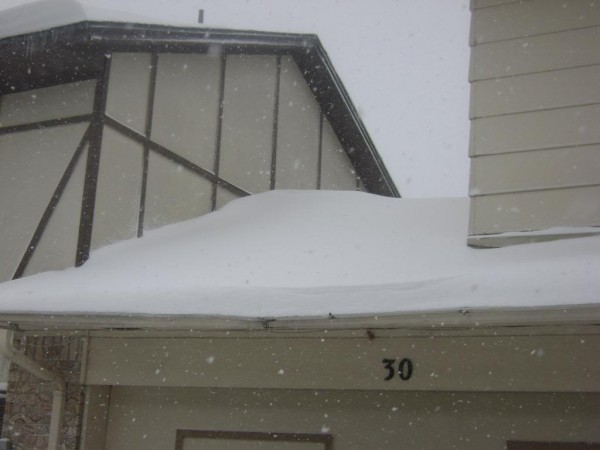Ice Dam Prevention? Now's the Time!
One problem that homeowners haven’t had to worry about this winter – so far, anyhow – is ice dams. The minimal snow we’ve had seemed to quickly disappear.
Winter still has two months to go, though. More snow will come. We’re just entering peak ice dam season in Brookfield, Elm Grove and New Berlin, WI.
The best time to prevent ice dams is when they’re not a concern – such as, well, right now. Some of the measures also save energy, which help keep wintertime utility bills in check.
First, a refresher: Ice dams form when accumulated snow on a roof melts, flows down, and refreezes. The ice builds into a large mass in gutters and roof valleys.
As these dams grow, they push under shingles and flashing. Interior walls and ceilings can suffer costly water damage. By the time water stains and drips appear, it’s too late.

Direct sunlight (common in January) contributes to the snow melting. The biggest cause, though, is heat escaping through the roof. Usually the roof covers an attic; the key is to literally cool the attic space down, and minimize lost heat through the roof.
These steps, most of which you can do yourself, can go a long way to slow rooftop snow melt, and resulting ice dams:
- Add insulation to the attic floor and walls. Wondering how much? This web site offers guidance. Be careful to not block eaves or soffit vents with insulation, though; these are critical to ventilation, another key prevention measure.
- Seal off gaps that leak warm air into the attic – spots such as electric cables, vent pipes and plumbing vents. Be sure to use a fireproof sealant.
- An unsealed attic hatch – you know, the ladder you pull down, or the board you open to access the attic – can be a major source of heat loss. Check with your local home improvement store for ideas to tighten these up.
- Add soffit vents to increase fresh air entering the attic. A rooftop ridge vent can provide even greater air movement, but will probably require a contractor.
Ice dams can’t be entirely stopped. If snow accumulates on a roof, chances are some ice damming will occur. Small dams aren’t usually a problem; it’s the big masses that should keep you awake at night.
Preventing those large blockages is best done now, before a problem appears. Even if this winter ends up being relatively snow-free, you’ll be able to sleep easily come December 2015.
<<-- Back to List
Email to a friend